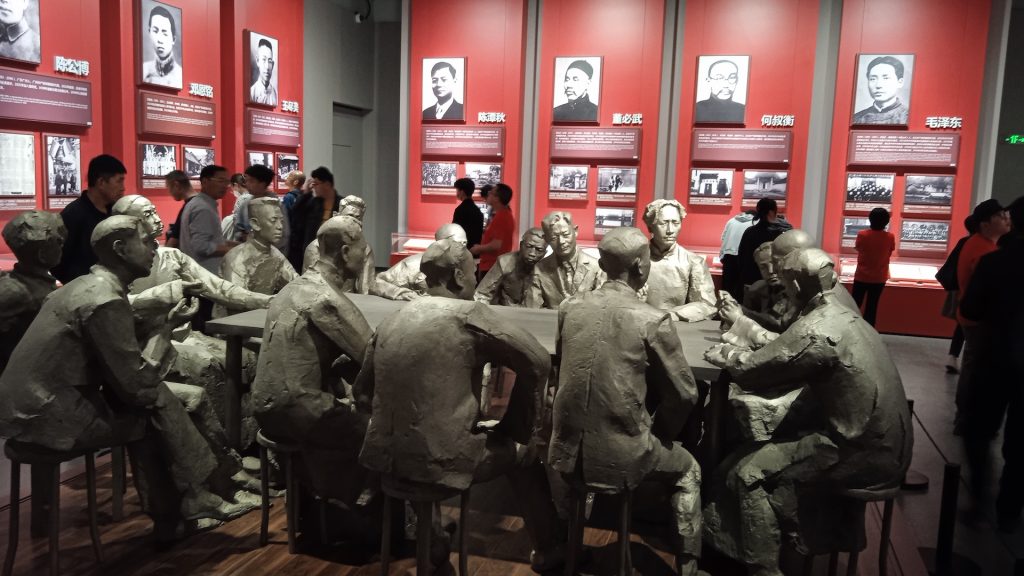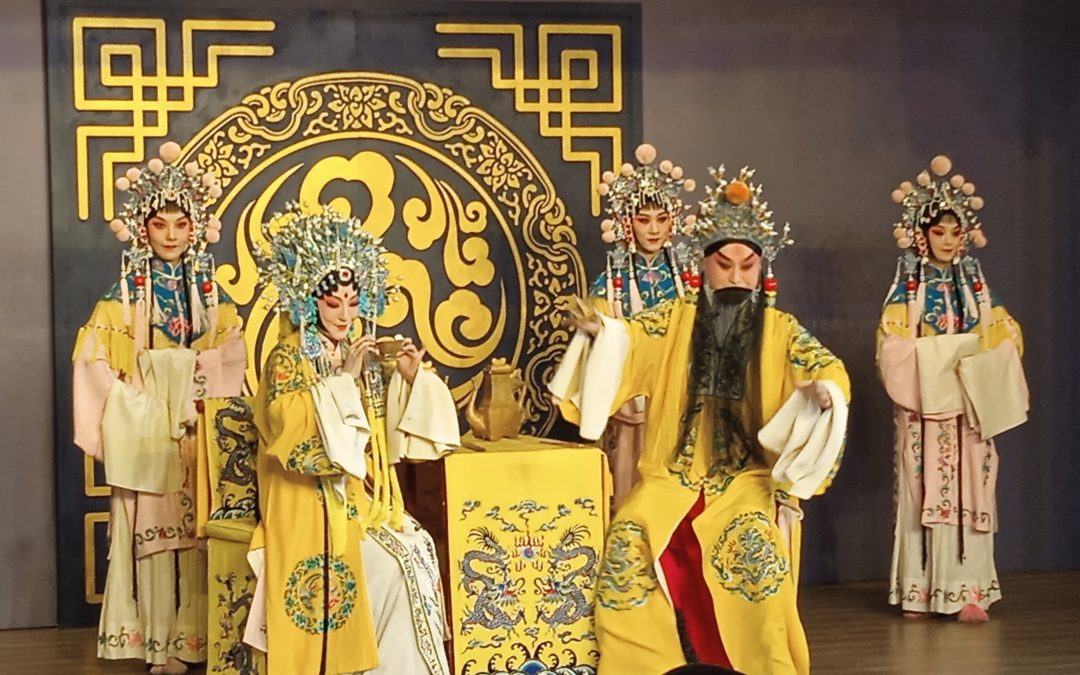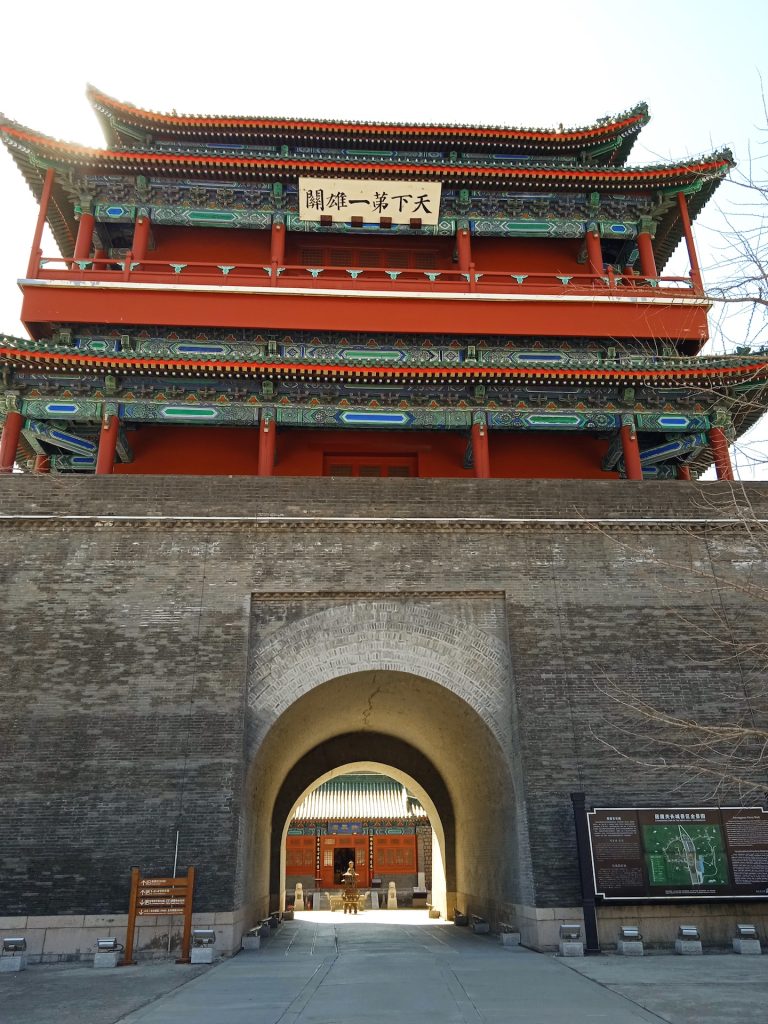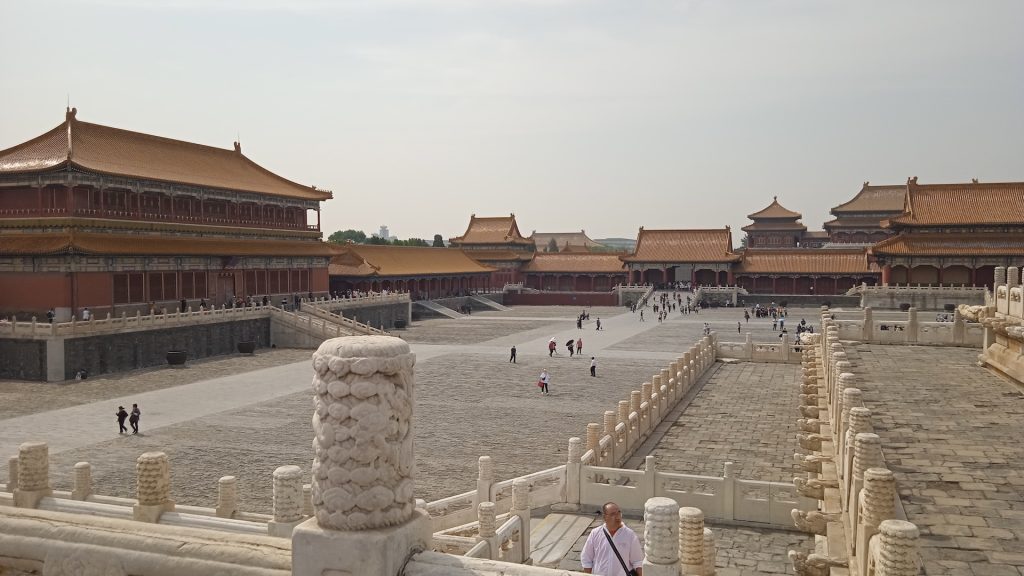“A Grenada journalist’s first-hand experience of Chinese modernization” was first published on People’s Daily Online 8 June 2023. Web editor: Hongyu, Wu Chengliang. For some reason, this particular post is not showing up well on my Facebook feed, so I am reproducing the article here, with links to articles I wrote on various topics mentioned in this article.
In February, I left home on a Friday evening and arrived in Beijing Monday morning, over 14,000 km later, to begin my sojourn with the China International Press Communication Centre (CIPCC) visiting journalists program. My home country of Grenada is an island nation in the Eastern Caribbean, known as the world’s second-largest exporter of the double spices of nutmeg and mace. Spread across three islands, Grenada, Carriacou and Petite Martinique, the State of Grenada is less than 350 square kilometres. It hosts a population of approximately 113,000 people, a droplet compared to the size and population of China.
During field trips to districts in Beijing, and various provinces and cities, I have seen mind-blowing technology applied to agriculture, communications, construction, culture and heritage, film, finance, food processing, health, manufacturing, medicine, security and transport. In Beijing, the daily use of payment platforms WeChat Pay and Alipay was my first introduction to China’s rapid transition towards a cashless society.
Grenada, as a member of the 8-nation Eastern Caribbean Central Bank’s Currency Union, participated in a recent pilot digital currency program, DCash. However, we have yet to see platforms with capabilities similar to WeChat and Alipay, most probably because of financial infrastructure and transport logistics challenges.

A scale model of an offshore windmill energy project exhibited at the Shanghai Exhibition Centre. Photo: SLCT
After my first week of sticking to cash-only transactions, I decided to use technology that appears to be fully integrated into everyday life. I used Alipay’s payment platform for online purchases and onsite items ranging from tickets to the zoo and a contemporary art exhibition, to shopping and public transport. I greatly depended on WeChat’s scan-to-translate Chinese-English feature. Though China has multiple e-commerce platforms, I was satisfied with using consumer-friendly Taobao and Meituan, with delivery times of one or two days or even hours, a wide range of items and price points. When I return home, I will miss the convenience of expanded e-commerce, communication and financial access on my phone.

Passengers use mobile payments to take the subway at the Dayanta Station of Xi’an, capital of northwest China’s Shaanxi Province. (Xinhua file photo/People’s Daily)
Modernisation is not only technology. Various routes lay the foundation for modernisation in China, inspiring the next generation of innovators seeking to identify and solve real-world problems. It manifests itself in limiting vehicle density, using small delivery and maintenance vehicles, mass transit options (public transport, rented bicycles), and providing environments conducive to better living and better health (enhanced air quality, open spaces and parks with elements of cultural, tradition and built heritage), facilities that offer Western and Traditional Chinese medicine, agriculture and food security, rural and urban revitalisation, and the creative industry generating foreign exchange. It is also present in the conservation of traditional culture and heritage systems, and landscapes, and in the many innovations of the peoples of the 56 ethnic groups who constitute China, to realise “the great rejuvenation of the Chinese nation.”
The most compelling summations of Chinese modernisation, in my opinion, are bookended by the movie “Wandering Earth II” and the 5D immersive displays at the National Museum showing The Long March, and the impressive compilation of vistas across the landscapes of China, including views underwater and from space, and various industrial and scientific accomplishments.

Installation about the convening of the first National Congress of the Communist Party of China (CPC) at the Memorial of the CPC’s First National Congress, Shanghai. Photo: SLCT
“Wandering Earth II,” which I saw at the beginning of the program, showcased Chinese cinema technology, and within the film plot, Chinese long-term planning, preference for dialogue over violence, negotiator for global peace and security, and advocacy for the common good for all humanity. The 5D immersive displays at the National Museum showcased the historic struggle that led to contemporary innovations and achievements across various industries, and the applications of multiple forms of technology towards making China better for its people. These solid introductions to Chinese modernization should be on everyone’s must-see list.




